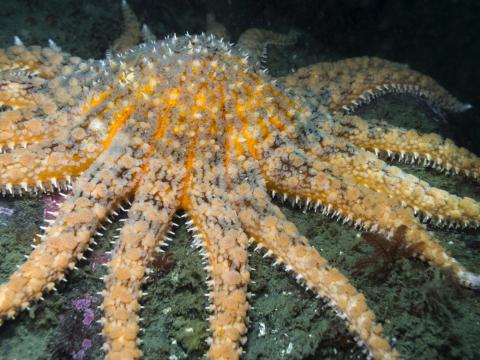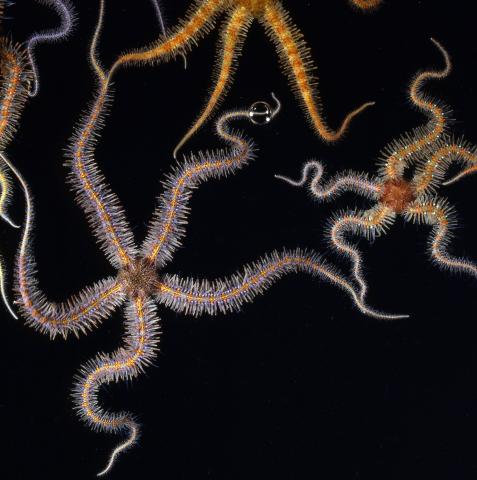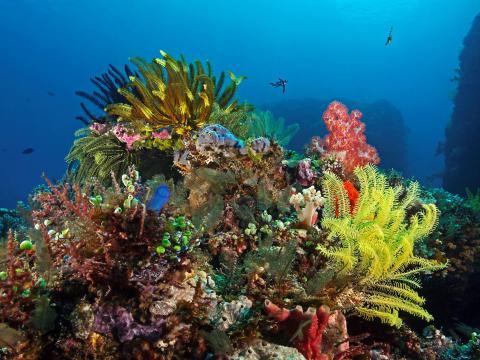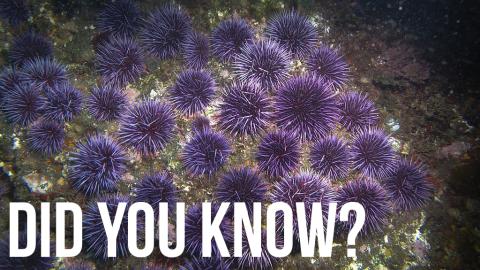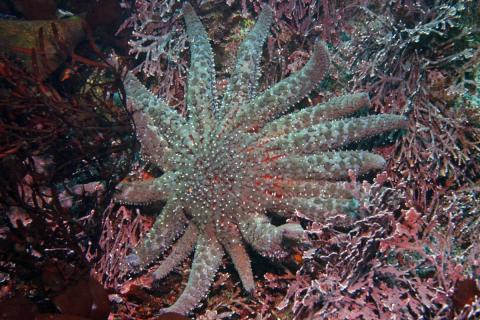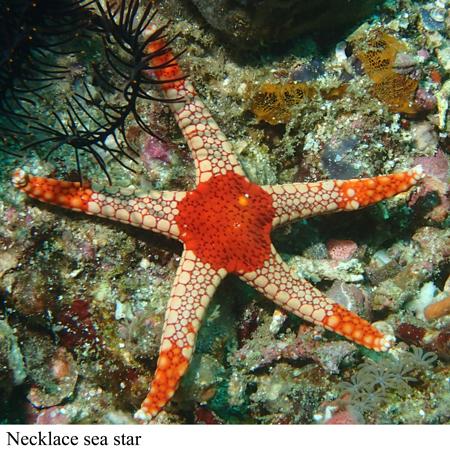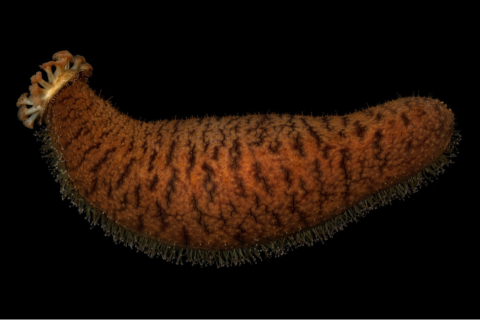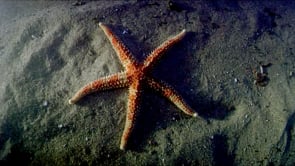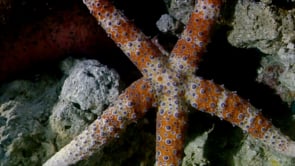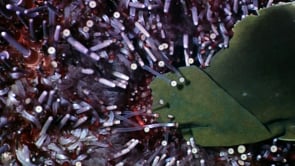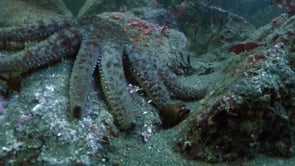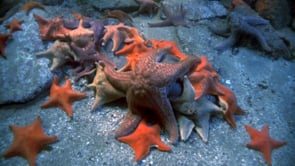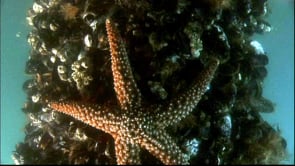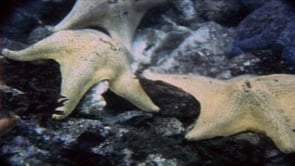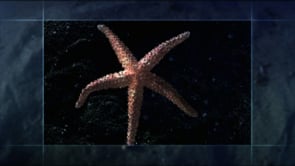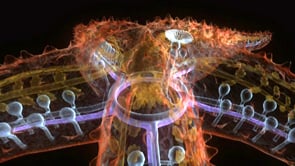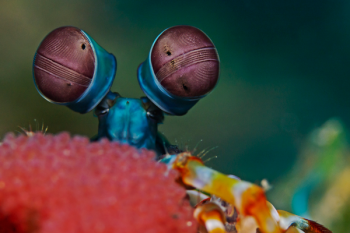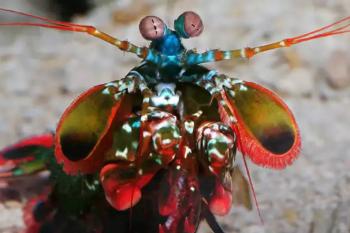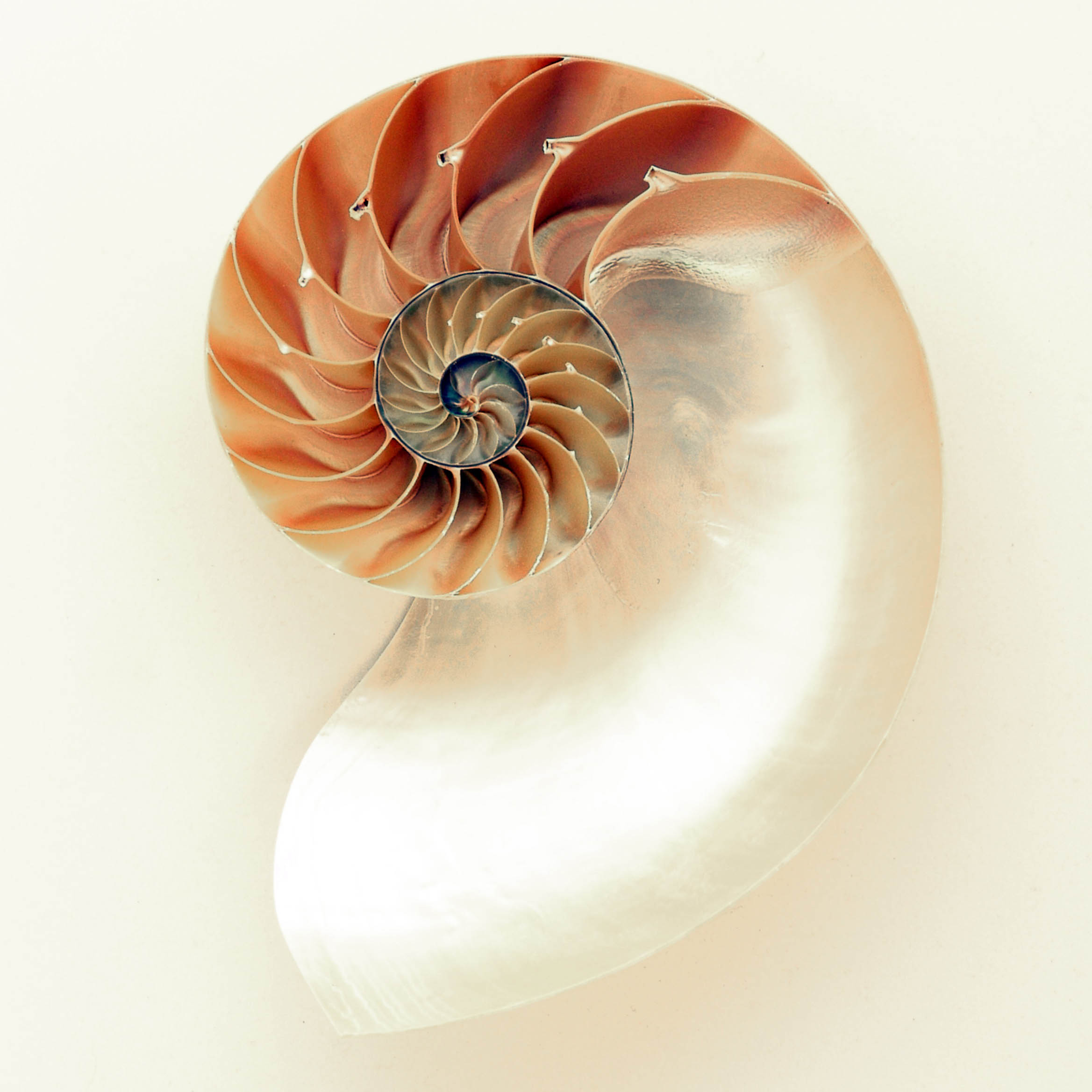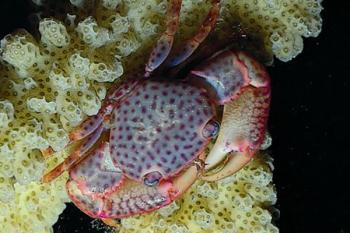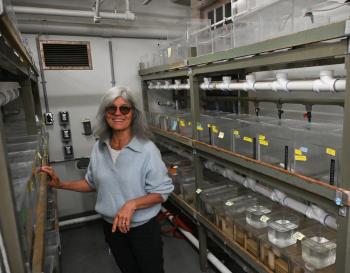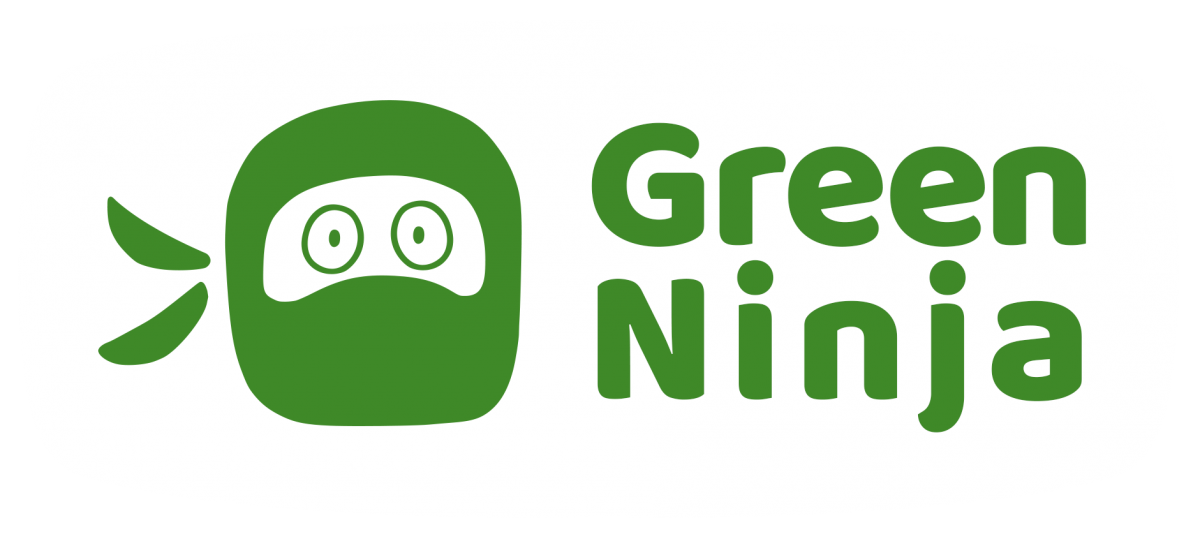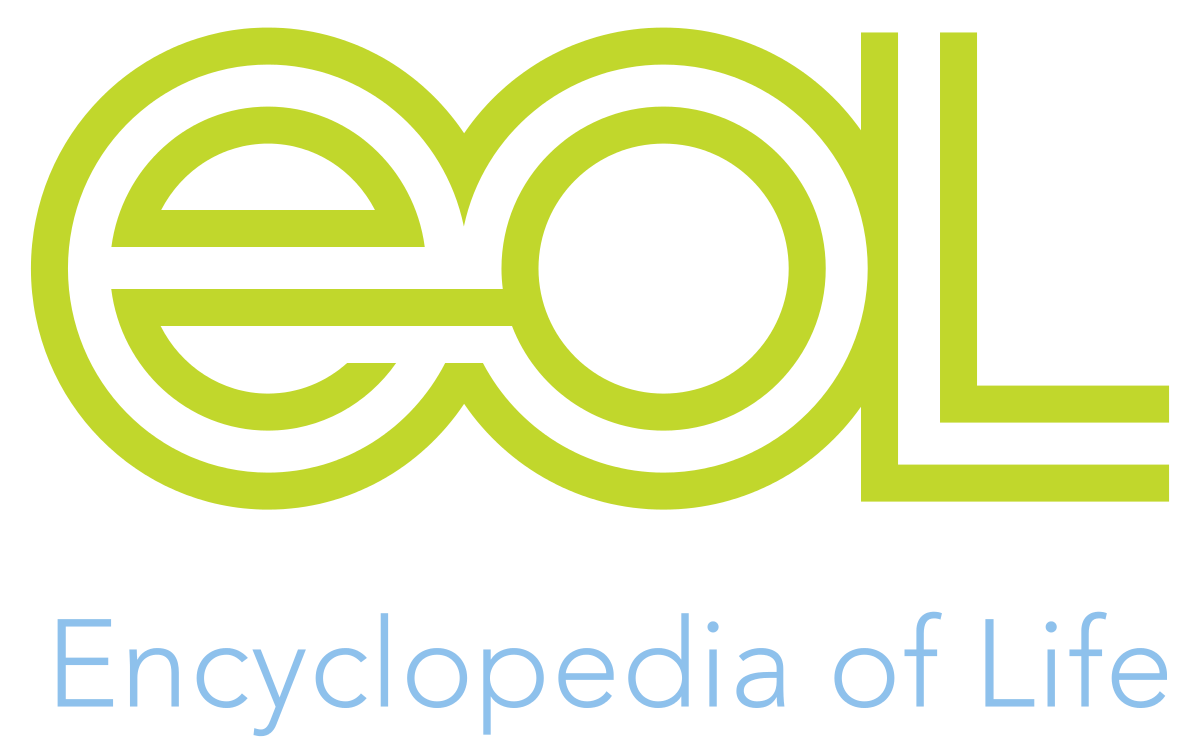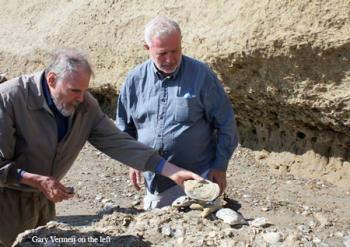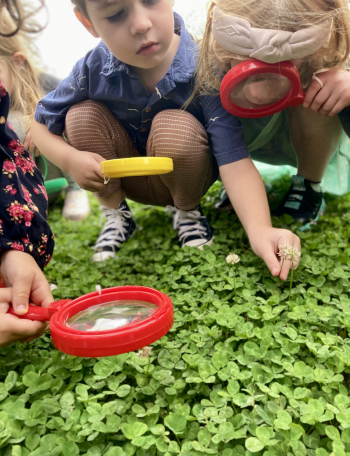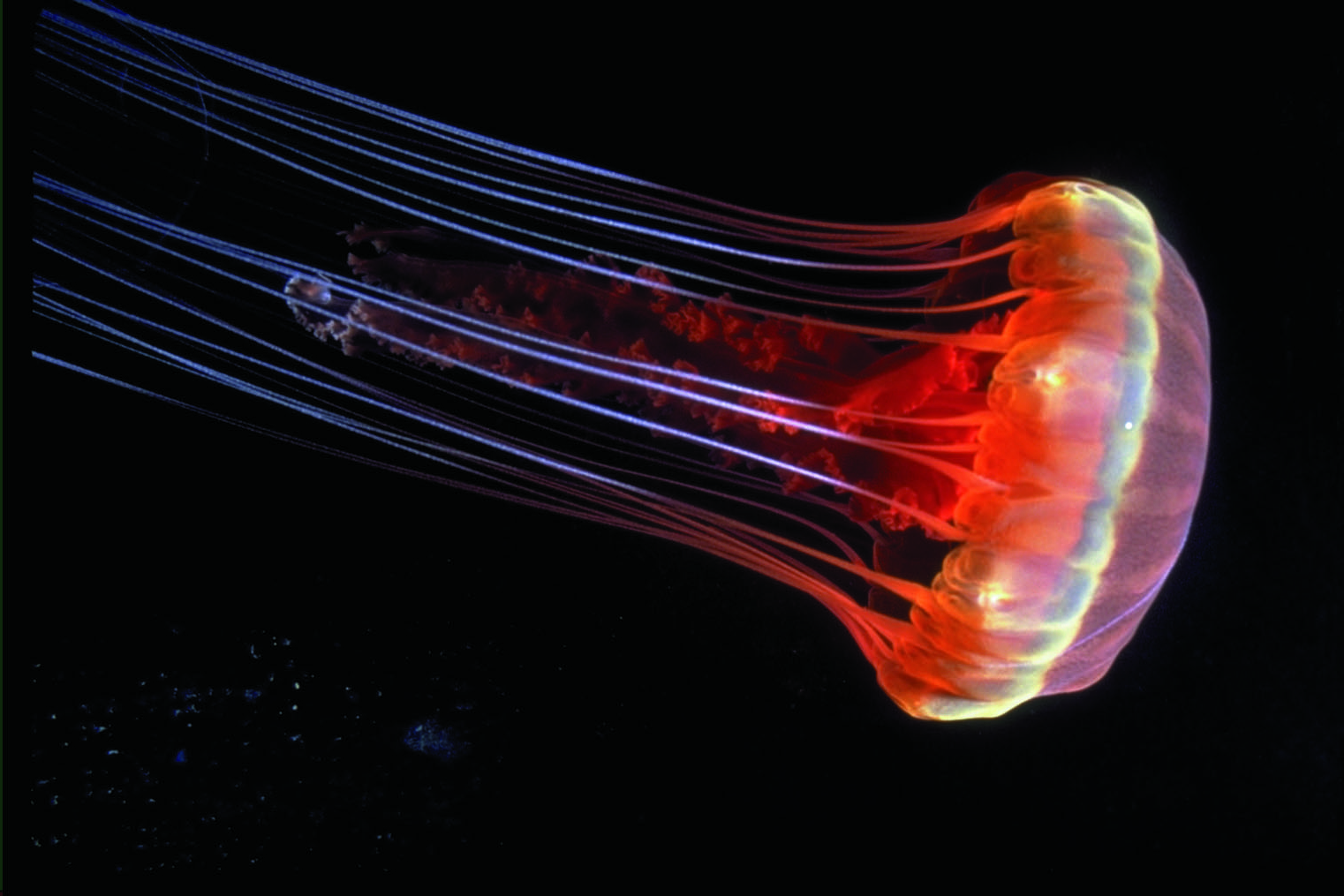

Phyla
Echinoderms
Associated Shape of Life Content
Sunflower Stars Wanted
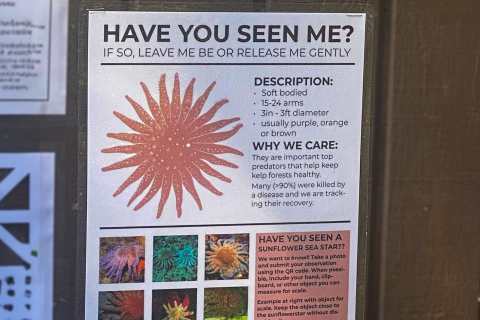
Andrew Kim
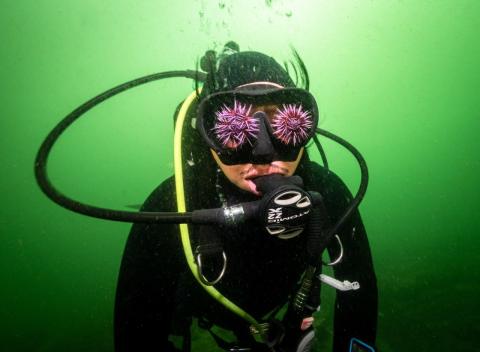
Pycnopodia, Sea star Wasting Disease Revisited
The culprit behind sea star wasting disease
Artful Echinoderms
Echinoderms: the Ultimate Animal Questions
There are three separate lessons here based upon questions.
- A list of questions about the characteristics of echinoderms to use after viewing the video Echinoderms: The Ultimate Animal.
- A Shape of Life Echinoderms: The Ultimate Animal worksheet. Students make sketcfhes and write short answers to questions about the amazing world of echinoderms. This was created by Rachel Miller from Science from Scratch.
- A Powerpoint with questions to use while watching the video Echinoderms: The Ultimate Animal.
Echinoderms: Give me Five, an Ultimate Animal
"If there are animals from another planet already here, they're probably starfish."
Echinoderms: The Spiny Rebels
Modern echinoderms, which include sea stars, urchins, sea cucumbers and sea lilies, have a unique body plan with a five-part symmetry.
Paleontology of Echinoderms
Because echinoderms have a calcified skeleton, they are abundant in the fossil record.
Echinoderms and Human Interaction
Sea cucumbers are a tasty delicacy in some cuisines; informally named as “bêche-de-mer,” or “gamat,” they have long been used for food and folk medicine in the communities of Asia and Middle East. And some Pacific Islanders use the toxin in some species as a poison to help them catch fish. They also use the sticky parts of some species to help stem the flow of blood if someone is wounded.
Echinoderms and Climate Change
Read the Shape of Life blog about echinoderms and climate change.
Read the Shape of Life blog about ocean warming and sand dollars.
Echinoderms' Role in Ecosystem
What are echinoderms good for? A lot according to the Echinoblog
General Information about Echinoderms
Read ECHINODERMS: GIVE ME FIVE An Ultimate Animal from the Shape of Life Book.
More information about echinoderms. In the left-hand column, click on the bottom link, “Ocean Animals.” Another column will appear immediately to the right. Click on echinoderms. Unfortunately there is no direct link to this page.
Biomimicry
Nature has inspired inventions since the first humans tried to make things. Biomimicry is the practice of looking to nature to help solve design problems. Today scientists and engineers are finding inspiration from animals and plants that may surprise you.
Where Science Inspires Art Creating Wonderous Figures
Look carefully at these images.
They almost look real. But they are actually astounding glass marine creatures created by the father and son artists/naturalists Leopold and Rudolf Blaschka. Every time I look at one I am awe struck by the extreme detail. How could they have done this?
Sand Dollar
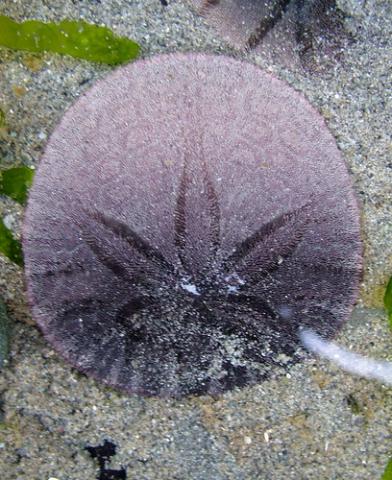
Sea Star Wasting Disease
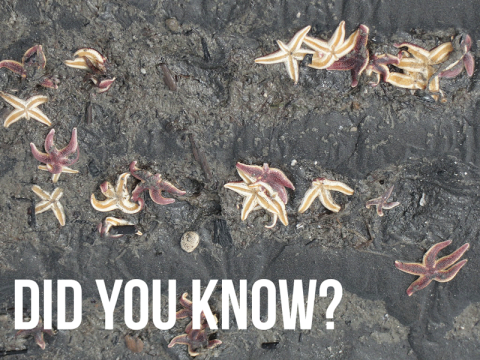
Virtual Urchin: A Cool Classroom Resource
It’s very easy to see sea urchin fertilization, cell division and embryonic development under a microscope. Realizing that the animals could be a great teaching tool in the classroom, the sea urchin development lab at Stanford’s University’s Hopkins Marine Station, led by Dr. Dave Epel, created the “Virtual Urchin” website. The goal of this project is to provide inquiry based lessons, available on a freely-accessible, open access website.
Sea Urchin
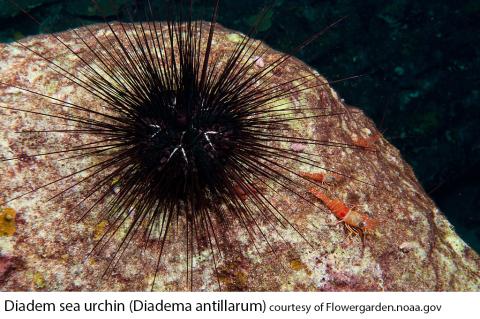
John Pearse
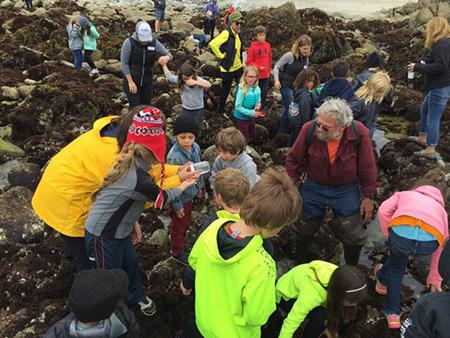
Sunflower Star
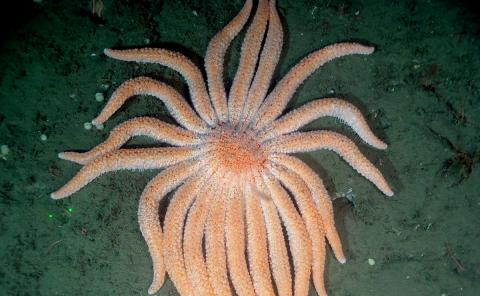
Basket STAR!

